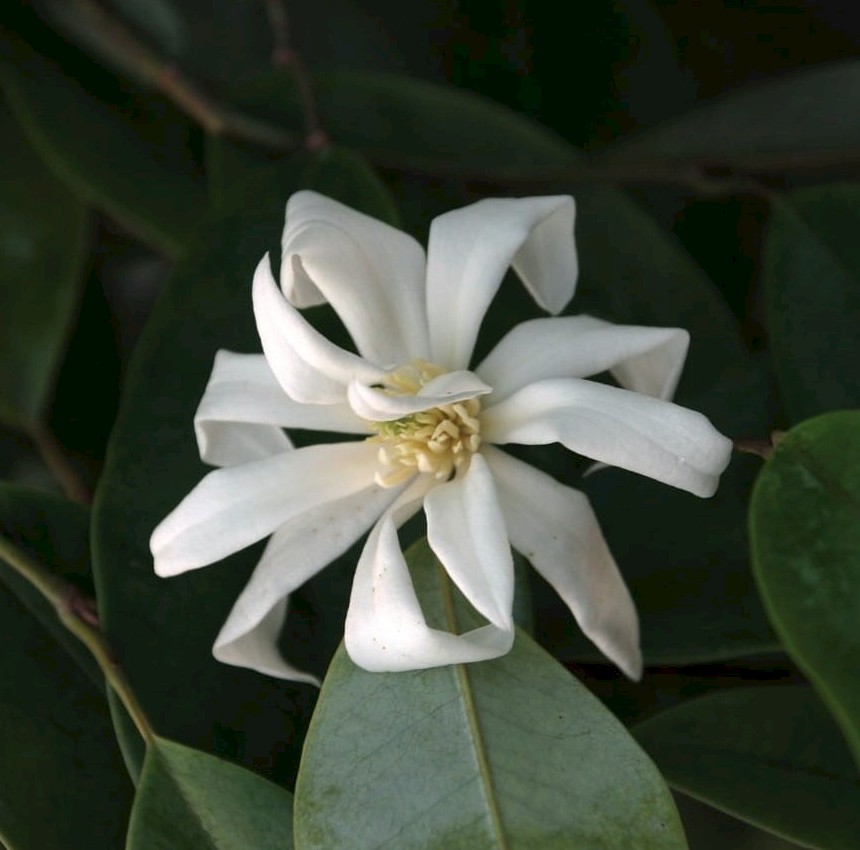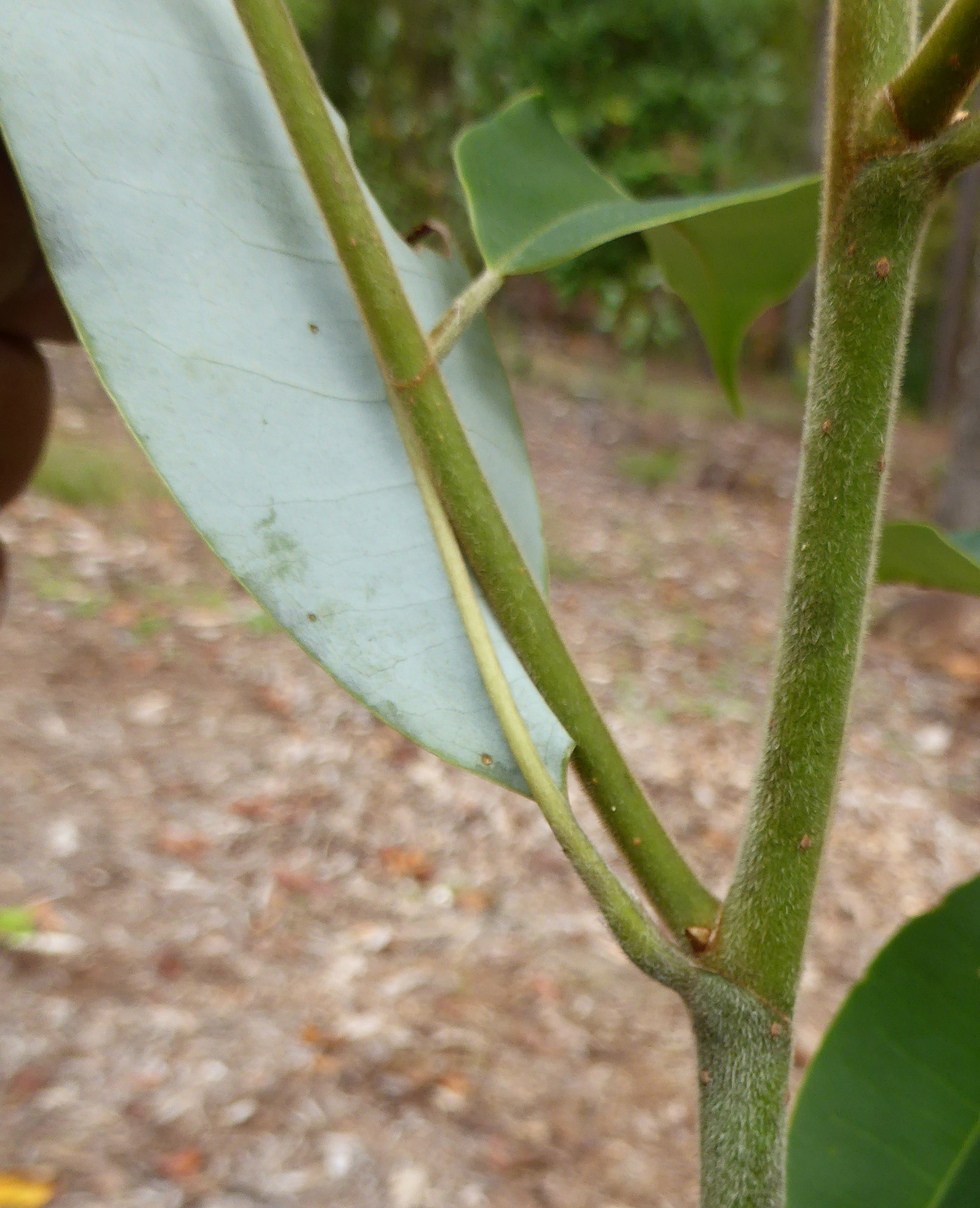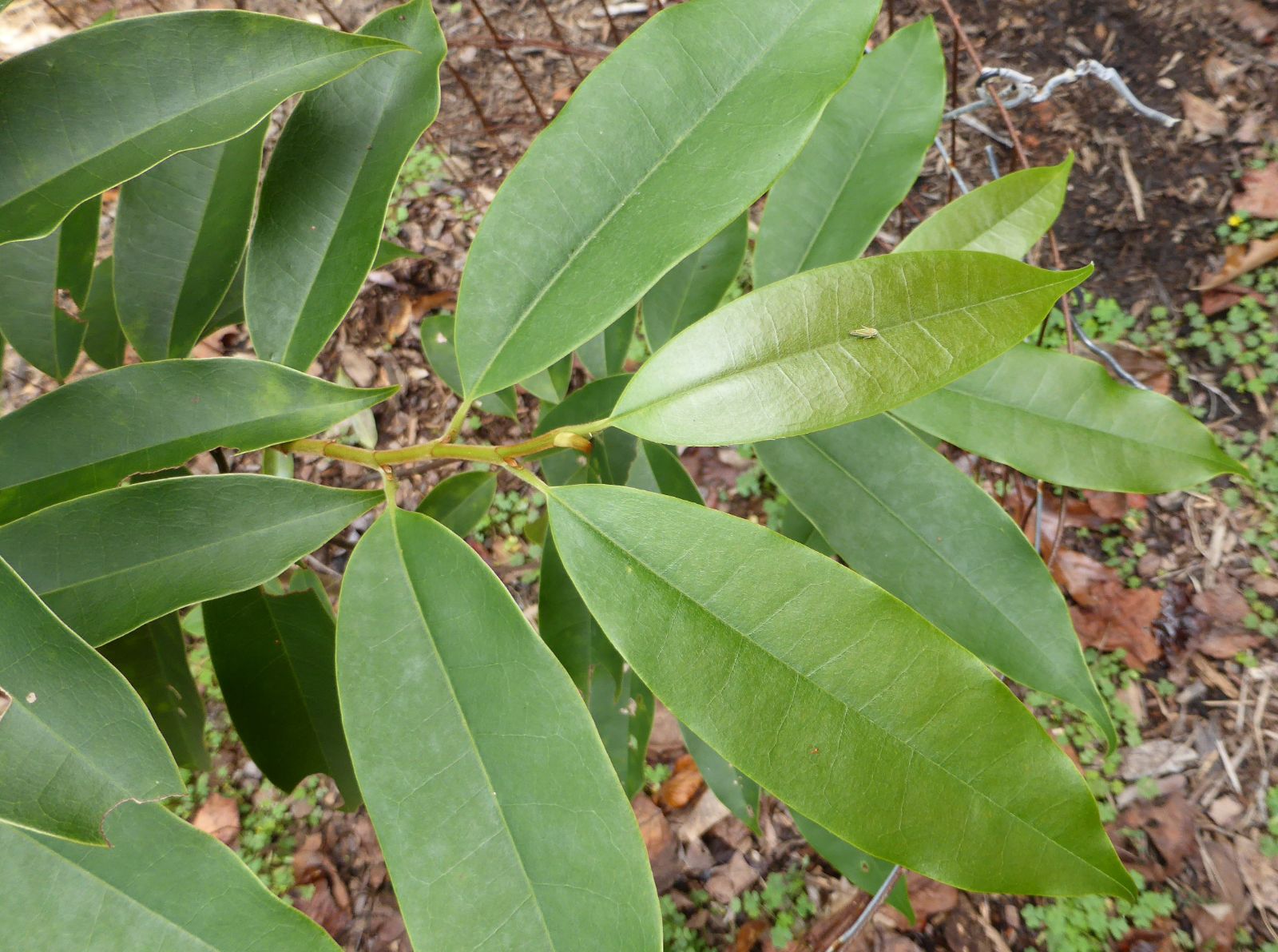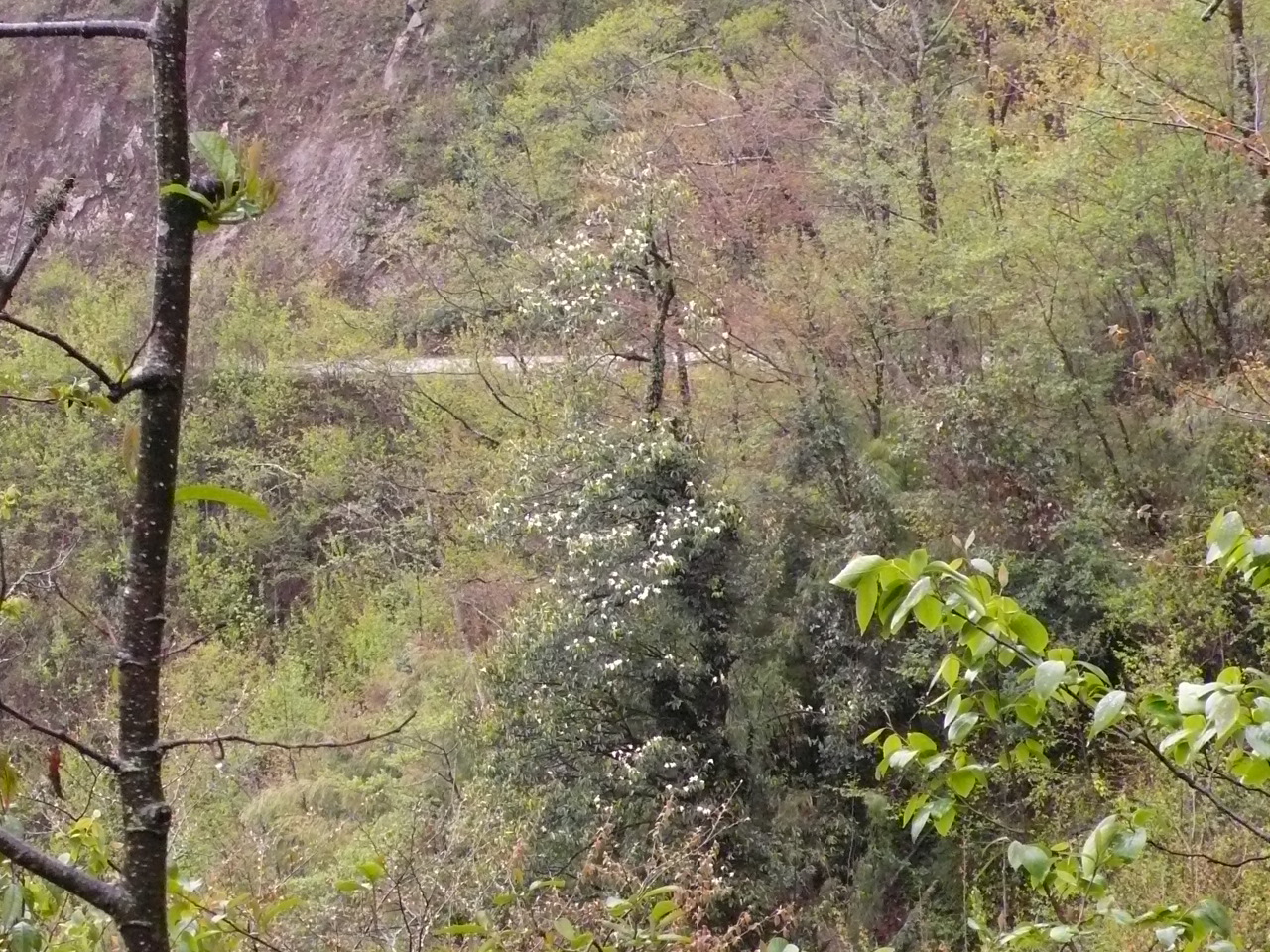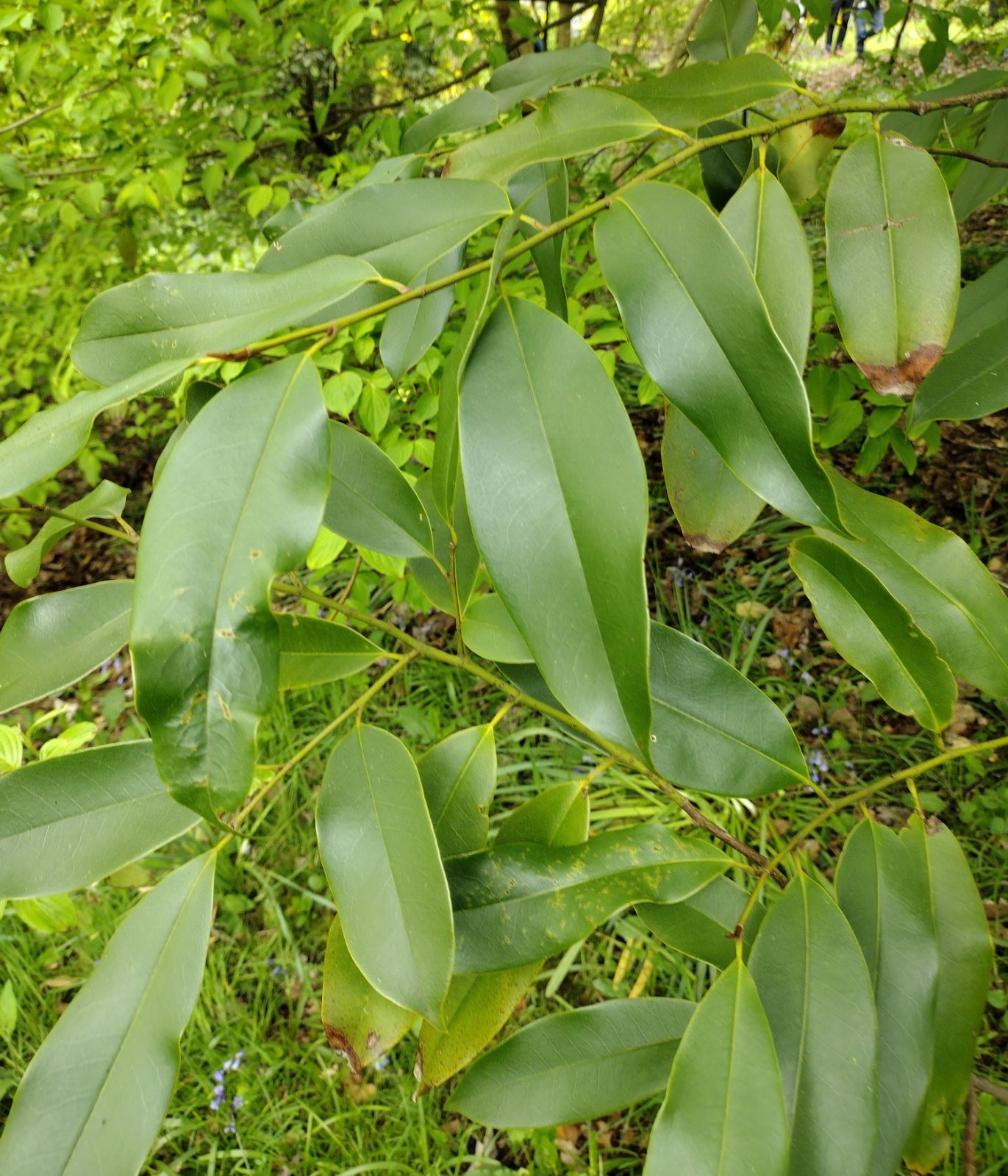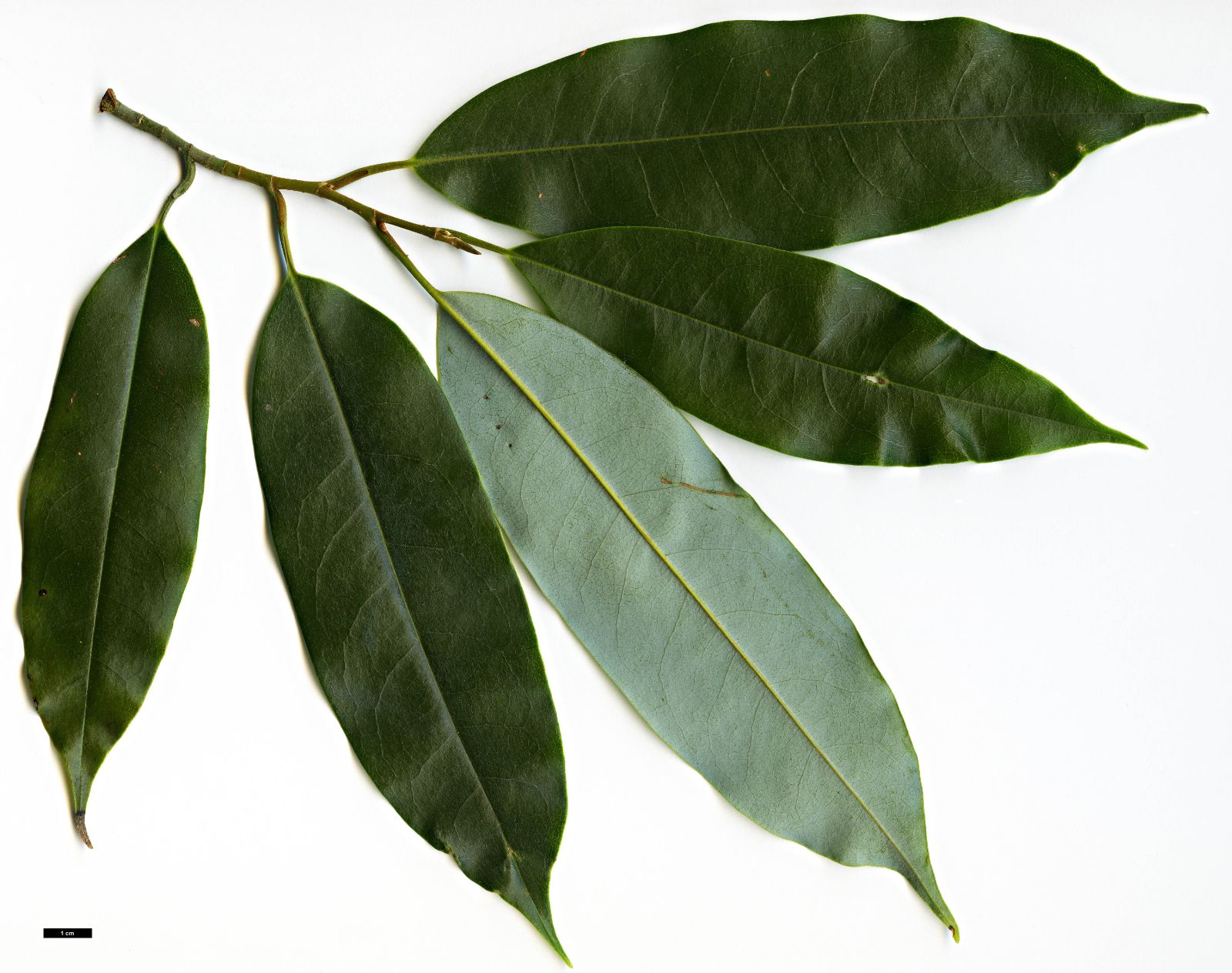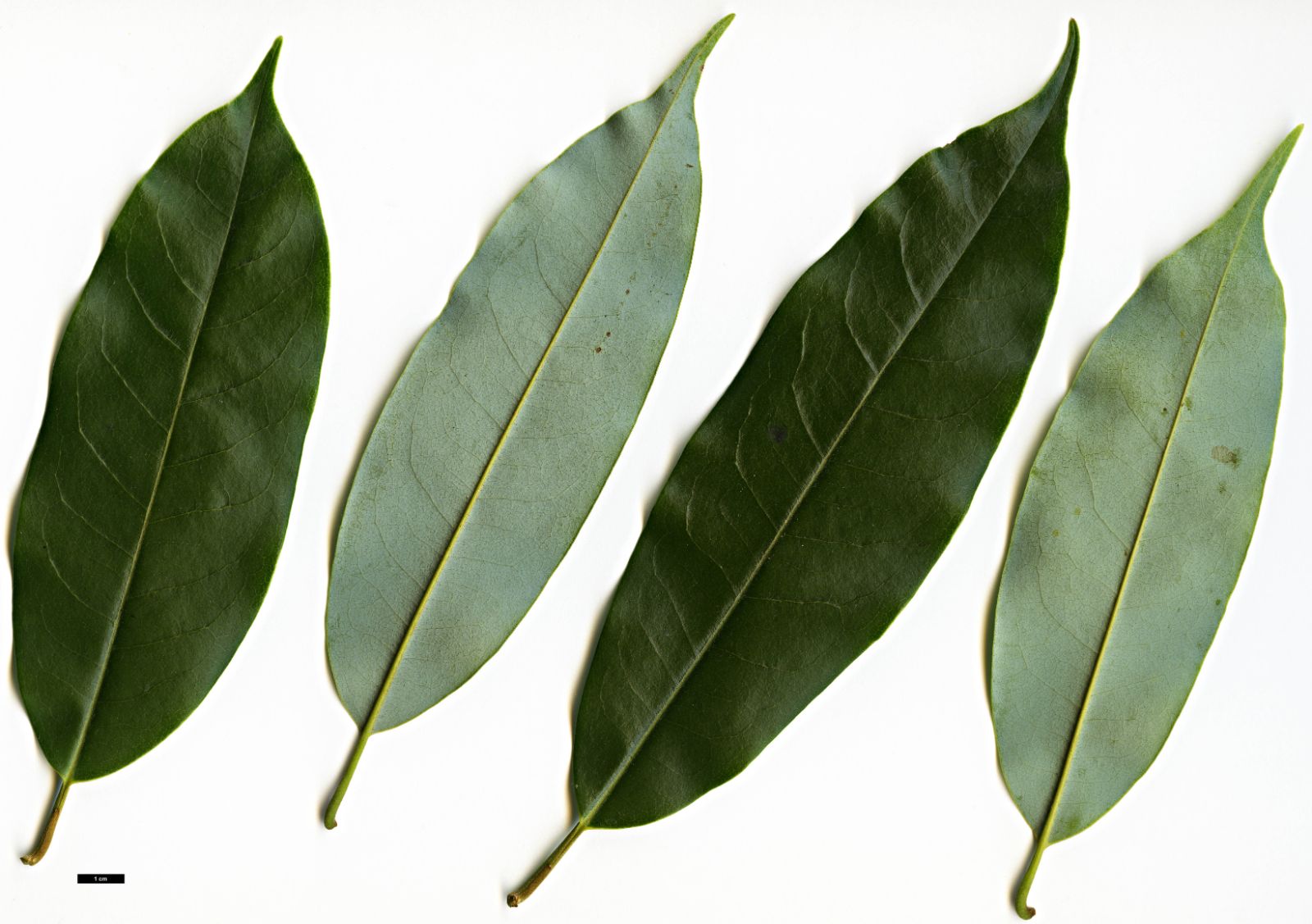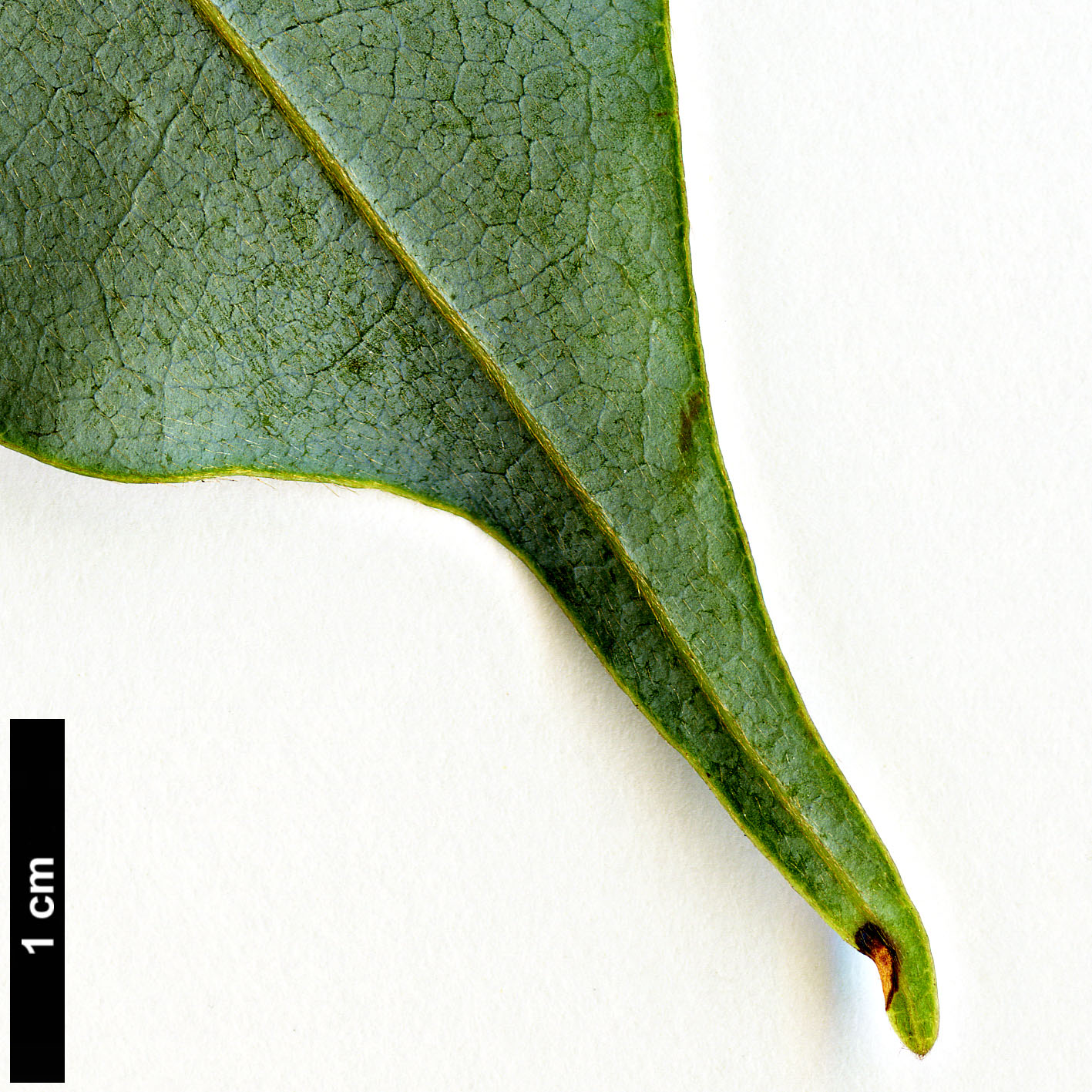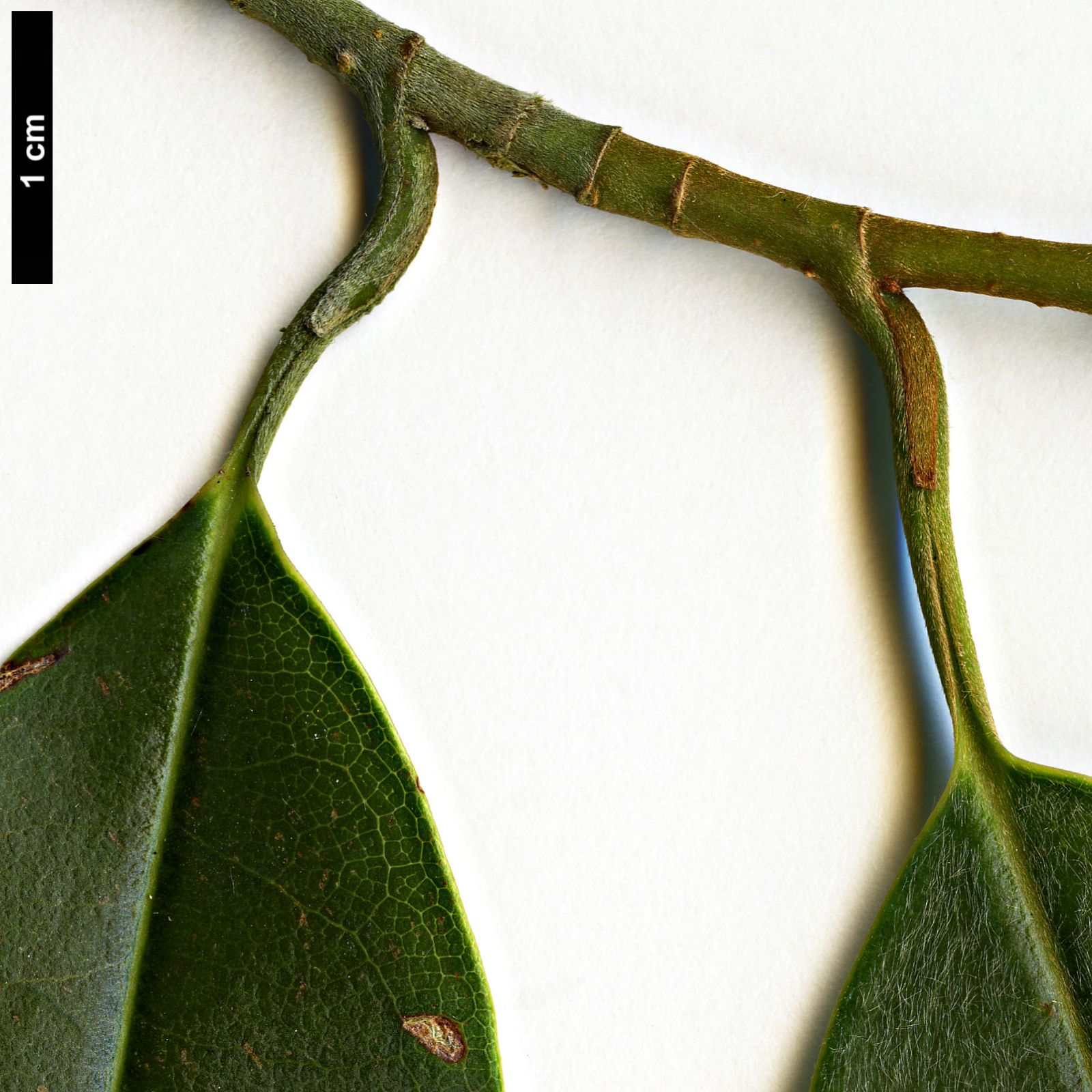Magnolia floribunda
Sponsor
Kindly sponsored by
The Roy Overland Charitable Trust

Credits
Julian Sutton (2022)
Recommended citation
Sutton, J. (2022), 'Magnolia floribunda' from the website Trees and Shrubs Online (treesandshrubsonline.
Genus
- Magnolia
- Section Michelia
Synonyms
- Michelia floribunda Finet & Gagnep.
Other taxa in genus
- Magnolia acuminata
- Magnolia × alba
- Magnolia amabilis
- Magnolia amoena
- Magnolia aromatica
- Magnolia biondii
- Magnolia × brooklynensis
- Magnolia campbellii
- Magnolia cathcartii
- Magnolia cavaleriei
- Magnolia caveana
- Magnolia champaca
- Magnolia changhungtana
- Magnolia chapensis
- Magnolia compressa
- Magnolia conifera
- Magnolia Cultivars A
- Magnolia Cultivars B
- Magnolia Cultivars C
- Magnolia Cultivars D
- Magnolia Cultivars E
- Magnolia Cultivars F
- Magnolia Cultivars G
- Magnolia Cultivars H–I
- Magnolia Cultivars J
- Magnolia Cultivars K
- Magnolia Cultivars L
- Magnolia Cultivars M
- Magnolia Cultivars N–O
- Magnolia Cultivars P
- Magnolia Cultivars Q–R
- Magnolia Cultivars S
- Magnolia Cultivars T
- Magnolia Cultivars U–V
- Magnolia Cultivars W–Z
- Magnolia cylindrica
- Magnolia dandyi
- Magnolia dawsoniana
- Magnolia de Vos and Kosar hybrids
- Magnolia decidua
- Magnolia delavayi
- Magnolia denudata
- Magnolia doltsopa
- Magnolia duclouxii
- Magnolia ernestii
- Magnolia figo
- Magnolia × foggii
- Magnolia fordiana
- Magnolia foveolata
- Magnolia fraseri
- Magnolia fulva
- Magnolia globosa
- Magnolia × gotoburgensis
- Magnolia grandiflora
- Magnolia grandis
- Magnolia Gresham hybrids
- Magnolia guangdongensis
- Magnolia hookeri
- Magnolia insignis
- Magnolia Jury hybrids
- Magnolia × kewensis
- Magnolia kobus
- Magnolia kwangtungensis
- Magnolia laevifolia
- Magnolia lanuginosa
- Magnolia leveilleana
- Magnolia liliiflora
- Magnolia × loebneri
- Magnolia lotungensis
- Magnolia macclurei
- Magnolia macrophylla
- Magnolia martini
- Magnolia maudiae
- Magnolia nitida
- Magnolia obovata
- Magnolia officinalis
- Magnolia opipara
- Magnolia × proctoriana
- Magnolia × pruhoniciana
- Magnolia rostrata
- Magnolia salicifolia
- Magnolia sapaensis
- Magnolia sargentiana
- Magnolia sieboldii
- Magnolia sinensis
- Magnolia sinica
- Magnolia sinostellata
- Magnolia × soulangeana
- Magnolia sprengeri
- Magnolia stellata
- Magnolia tamaulipana
- Magnolia × thomsoniana
- Magnolia tripetala
- Magnolia × veitchii
- Magnolia virginiana
- Magnolia × wieseneri
- Magnolia wilsonii
- Magnolia xinganensis
- Magnolia yunnanensis
- Magnolia yuyuanensis
- Magnolia zenii
Tree to 28 m, 1 m dbh. Bark smooth and grey. Branchlets slender and brown to purplish brown to purplish black; initially with greyish white or yellowish brown hairs, though quickly glabrous. Leaves evergreen, thin and leathery, 6–14.5(–17) × 1–4.5(–5) cm, narrowly elliptic to ovate or lanceolate, upper surface dark green and glossy with sparse, clear hairs particularly on the midrib, lower surface glaucous or not, with sparse, rather long, dark or clear hairs, 8–14 secondary veins on each side of the midrib, margins entire, apex acute to acuminate; petiole 0.9–2.5 cm long and pubescent; stipules adnate to the petiole and densely pubescent. Flowers on axillary shoots, white and fragrant, brachyblast 0.3–0.8 cm long with three (to four) bracts; tepals 12–15, spathulate to broadly obovate or oblanceolate, constricted at the base and 2.5–3.5 cm long; stamens yellow; gynoecium stipitate. Fruits 2.5–6 cm long and cylindrical or twisted; ripe carpels subglobose, brown and lenticellate, 0.7–2 cm long and beaked. Flowering February to June, fruiting July to October (China). (Chen & Nooteboom 1993; Liu et al. 2004).
Distribution Myanmar China Guangxi, Guizhou, Hubei, Jiangxi, Sichuan, Yunnan Laos Thailand Vietnam
Habitat Forests, 800–2700 m.
USDA Hardiness Zone 7b-9
RHS Hardiness Rating H4
Conservation status Data deficient (DD)
Taxonomic note Southern plants from Vietnam have sometimes been placed in Michelia floribunda var. tongkingensis Dandy. This obscure variety is now rarely accepted (it is not even mentioned as a synonym by Plants of the World Online – Royal Botanic Gardens, Kew 2022), and a new combination in Magnolia seems never to have been published. Recent seed collections from Vietnam are sometimes listed as Magnolia floribunda var. tonkinensis, presumably a mis-spelling of what is anyway an unpublished combination.
Little known in gardens, this large forest tree of Section Michelia has a great deal in common with M. doltsopa. The two can (in theory at least) be distinguished by the longer stipular scar of M. floribunda (>⅓ the length of the petiole, as opposed to <⅓ in M. doltsopa – Xia, Liu & Nooteboom 2008). It has a more easterly range in China than that better known species, but they meet in NW Yunnan where some collections are hard to identify and may be hybrids (Chen & Nooteboom 1993). The glaucous underside of the leaves in some forms is very attractive, while the silky new growth makes this a very tactile tree. Young specimens have an open, airy appearance and form a pyramidal shape, but become denser and more rounded with age (Hogan 2008).
This may prove to be one of those michelias which evaded cultivation until the late 20th century, and hence falls into the category of experimental garden trees for milder parts of our area. At Tregrehan, Cornwall, several trees of Vietnamese origin are growing steadily and getting better each year, having reached 7–9 m by 2014 (The Tree Register 2021). In Oregon trees of 5–6 m were beginning to flower by 2007 (S. Hogan pers. comm.). A 1996 collection made by Dan Hinkley (DJHC 548) in NW Yunnan is proving vigorous in Vancouver, BC (Wharton 2007) and was not affected by –9 °C in November 2006, when its branches bowed but did not break under a deep load of wet snow (P. Wharton, pers. comm. 2007). Individuals are unlikely to be uniformly hardy. In North Carolina, Tony Avent germinated 3 seeds from Kunming Botanic Garden in 1996, only to lose two seedlings in the first winter. The survivor has formed an open, upright small tree which flowers from mid-January at Juniper Level Botanic Garden; plants raised from cuttings have been distributed under the cultivar name ‘Bridal Bouquet’ (Avent 2021).
However, one large tree at Caerhays Castle, Cornwall, almost certainly from a George Forrest collection, has historically been labelled Magnolia floribunda (Williams 2018), although Owen Johnson (The Tree Register 2021) claims a further three in the same garden. Forrest certainly made collections under this name, but the identification is contested, some believing that all the Caerhays michelias from that era represent variation within M. doltsopa (Williams 2018; Williams 2022). The possibility that one of Forrest’s introductions from Yunnan included ambiguous or hybrid material, as mentioned above, should not be ignored. These are difficult plants to identify.
The species seems a reasonably good long-term bet for suitable mild sites throughout maritime Europe and along the American West Coast, as well as in the milder parts of the southeastern United States.

